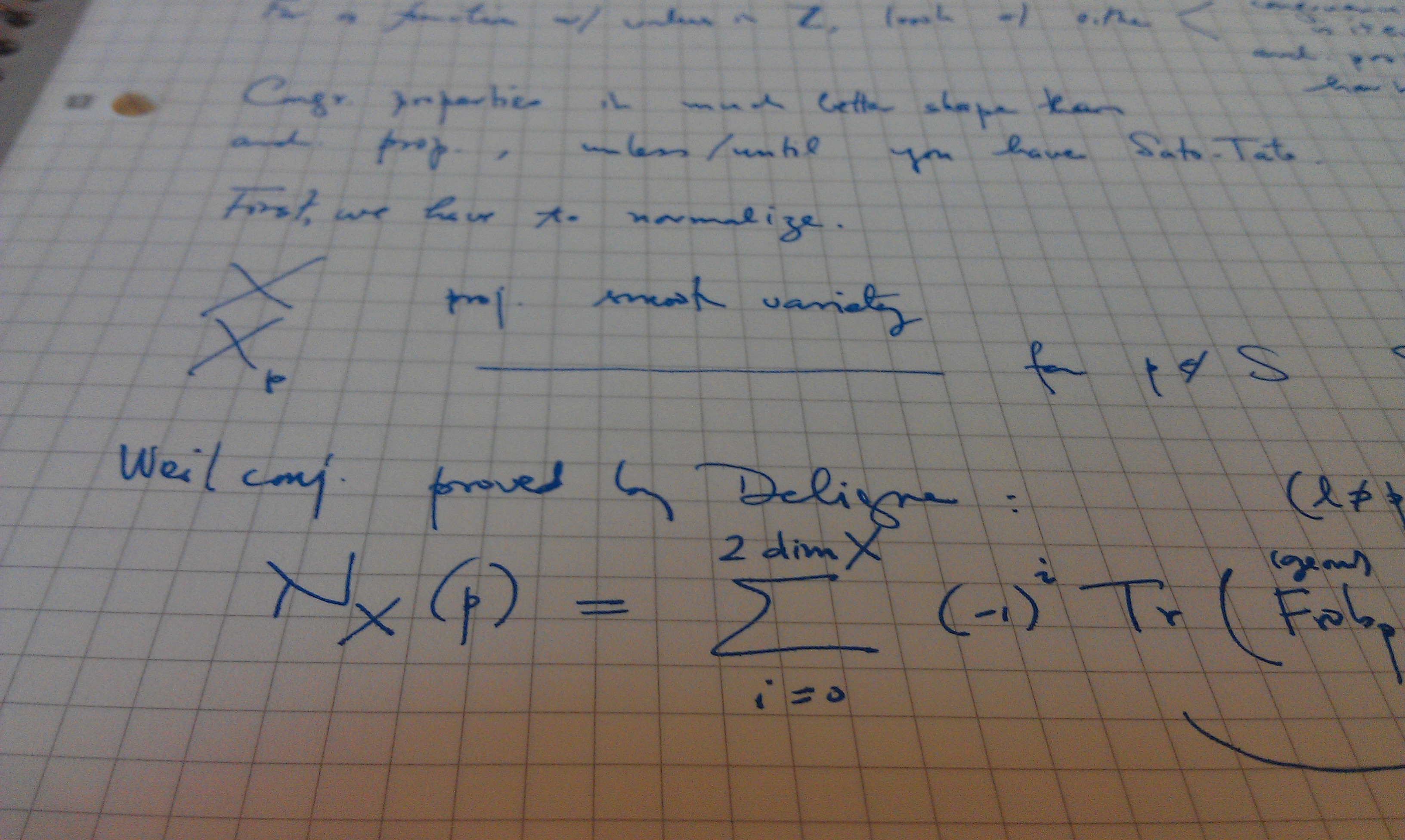Publication Date
2009
Journal or Book Title
PHYSICA D-NONLINEAR PHENOMENA
Abstract
In this work, we consider quasi-one-dimensional Bose–Einstein condensates (BECs), with spatially varying collisional interactions, trapped in double-well potentials. In particular, we study a setup in which such a “collisionally inhomogeneous” BEC has the same (attractive–attractive or repulsive–repulsive) or different (attractive–repulsive) types of interparticle interactions. Our analysis is based on the continuation of the symmetric ground state and anti-symmetric first excited state of the non-interacting (linear) limit into their nonlinear counterparts. The collisional inhomogeneity produces a saddle–node bifurcation scenario between two additional solution branches; as the inhomogeneity becomes stronger, the turning point of the saddle–node tends to infinity and eventually only the two original branches remain, which is completely different from the standard double-well phenomenology. Finally, one of these branches changes its monotonicity as a function of the chemical potential, a feature especially prominent, when the sign of the nonlinearity changes between the two wells. Our theoretical predictions, are in excellent agreement with the numerical results.
Pages
1362-1371
Volume
238
Issue
15
Recommended Citation
Wang, C; Kevrekidis, PG; Whitaker, N; Frantzeskakis, DJ; Middelkamp, S; and Schmelcher, P, "Collisionally inhomogeneous Bose-Einstein condensates in double-well potentials" (2009). PHYSICA D-NONLINEAR PHENOMENA. 46.
Retrieved from https://scholarworks.umass.edu/math_faculty_pubs/46

Comments
This is the prepublished version harvested from ArXiv. The published version is located at http://www.sciencedirect.com/science?_ob=ArticleURL&_udi=B6TVK-4V0MWXP-4&_user=1516330&_coverDate=07%2F15%2F2009&_rdoc=1&_fmt=high&_orig=search&_origin=search&_sort=d&_docanchor=&view=c&_searchStrId=1569471776&_rerunOrigin=google&_acct=C000053443&_version=1&_urlVersion=0&_userid=1516330&md5=e438b38576f368a4ba3805f373bfb56c&searchtype=a